In the heart of Namibia's Namib Desert, where the sands stretch endlessly and the sun blazes down with relentless intensity, lies a place that feels like a step into another world. Dead Vlei, or "Dead Marsh," is a hauntingly beautiful landscape that captures the imagination and evokes a profound sense of timelessness. Once a thriving oasis, this area was transformed into a barren wasteland by a drastic change in climate nearly 900 years ago. Today, it stands as a poignant reminder of the power of nature and the impermanence of life.
A Glimpse into the Past
Dead Vlei's history is as fascinating as its appearance. Centuries ago, this region was a marshland teeming with life. The Camel Thorn trees that now stand as skeletal remnants once thrived in the fertile soil, their roots drawing sustenance from the abundant water. The area was a vital ecosystem, supporting a diverse array of plant and animal life. However, around 900 years ago, a severe drought struck the region, causing the water to recede and the soil to dry up. The once-lush marshland was gradually transformed into a barren desert, leaving behind only the desiccated remains of the trees.
The Silent Witnesses
The most striking feature of Dead Vlei is the vast expanse of dead Camel Thorn trees. Their twisted, gnarled forms rise starkly against the backdrop of the towering sand dunes, creating a surreal and almost otherworldly scene. These trees, unable to decompose due to the extreme dryness of the air, have been preserved in their desiccated state, standing as silent witnesses to a bygone era. Their blackened trunks and branches, bleached by the sun and wind, form stark contrasts against the golden sands and the deep blue sky.
Each tree is a testament to the resilience of life and the inevitability of change. They stand as monuments to the past, frozen in time, reminding us of the fragility of ecosystems and the impact of climate change. The sight of these trees, standing defiantly in the midst of a desolate landscape, is both eerie and mesmerizing. It is as if they are holding onto memories of a time when the land was lush and vibrant, a stark reminder of the transient nature of life.
The Surrounding Landscape
Dead Vlei is surrounded by some of the tallest sand dunes in the world, with some reaching heights of over 300 meters. These dunes, known as the Sossusvlei dunes, are a breathtaking sight in their own right. Their towering peaks and undulating curves create a dramatic backdrop to the desolate landscape of Dead Vlei. The dunes are constantly shifting, shaped by the wind and the elements, adding to the sense of impermanence and change that permeates the area.
The contrast between the stark white clay pan of Dead Vlei and the golden-red sands of the dunes is visually stunning. The clay pan, cracked and dry, reflects the intense sunlight, creating a blindingly bright surface that contrasts sharply with the dark, silhouetted trees. This juxtaposition of colors and textures creates a surreal and almost dreamlike atmosphere, making Dead Vlei one of the most photogenic places on Earth.
The Science Behind the Beauty
The preservation of the dead trees in Dead Vlei is a fascinating scientific phenomenon. The extreme aridity of the region prevents the trees from decomposing, allowing them to remain standing for centuries. The lack of moisture in the air inhibits the growth of bacteria and fungi, which are typically responsible for the decay of organic matter. As a result, the trees are slowly eroded by the wind and sand, rather than decomposing naturally. This process has left the trees in a state of mummification, preserving their twisted and gnarled forms for future generations to marvel at.
The transformation of Dead Vlei from a marshland to a desert is also a testament to the power of climate change. The drastic shift in climate that occurred around 900 years ago was likely due to changes in global weather patterns, such as the El Niño-Southern Oscillation (ENSO) or shifts in ocean currents. This event serves as a stark reminder of the impact that climate change can have on ecosystems and the importance of preserving our natural environments.
A Place of Reflection and Inspiration
Dead Vlei is not just a place of natural beauty; it is also a place of profound reflection and inspiration. The stark and desolate landscape invites contemplation, encouraging visitors to ponder the passage of time and the resilience of nature. The sight of the dead trees, standing defiantly in the midst of a barren landscape, is a powerful reminder of the transient nature of life and the inevitability of change.
For photographers and artists, Dead Vlei is a source of endless inspiration. The dramatic interplay of light and shadow, the stark contrasts of color and texture, and the surreal, almost otherworldly atmosphere make it a photographer's paradise. The unique landscape has been captured in countless photographs and artworks, each one capturing a different aspect of its haunting beauty.
Conservation and Preservation
The unique and fragile ecosystem of Dead Vlei is protected as part of the Namib-Naukluft National Park. This park, the largest game park in Africa, covers an area of over 50,000 square kilometers and is home to a diverse range of plant and animal species. The protection of Dead Vlei and its surrounding dunes is crucial for preserving the natural and cultural heritage of the region.
Efforts to conserve the area include limiting visitor access to certain parts of the dunes and marshland, implementing sustainable tourism practices, and conducting scientific research to better understand the ecosystem and its unique features. By preserving Dead Vlei, we are not only protecting a natural wonder but also safeguarding a vital part of our global heritage.
Dead Vlei is a place where time seems to stand still, a hauntingly beautiful landscape that captures the imagination and evokes a profound sense of awe. Once a thriving marshland, this area was transformed into a barren wasteland by a drastic change in climate nearly 900 years ago. The result is a vast expanse of dead Camel Thorn trees, their twisted forms preserved by the dry air, standing as silent witnesses to a bygone era. Dead Vlei is a poignant reminder of the power of nature, the impermanence of life, and the importance of preserving our natural environments.
The stark and desolate beauty of Dead Vlei invites contemplation and reflection, encouraging visitors to ponder the passage of time and the resilience of nature. It is a place where the past and present converge, where the remnants of a bygone era stand in stark contrast to the ever-changing landscape. Dead Vlei is not just a place of natural beauty; it is a time capsule, preserving the memories of a time long gone and offering a glimpse into the enduring power of nature.
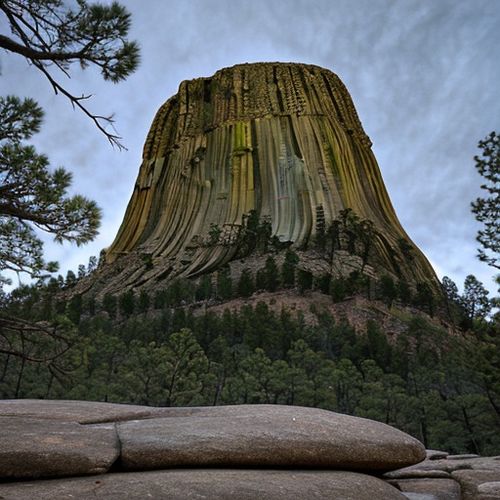
By Natalie Campbell/Apr 27, 2025
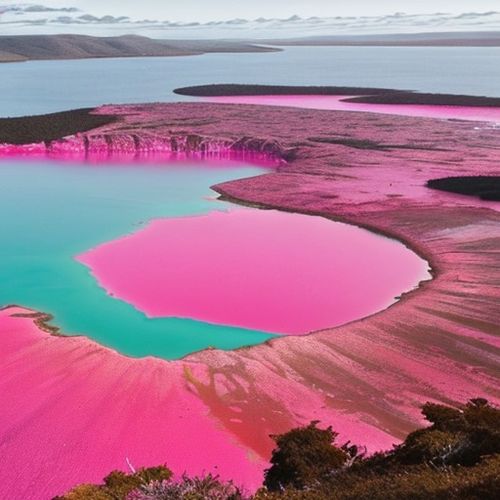
By Olivia Reed/Apr 27, 2025

By Noah Bell/Apr 27, 2025
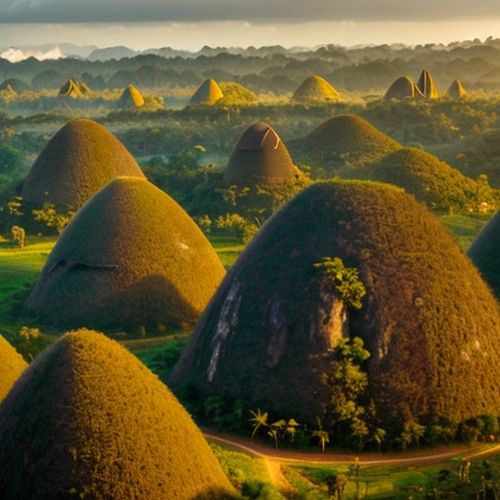
By Jessica Lee/Apr 27, 2025
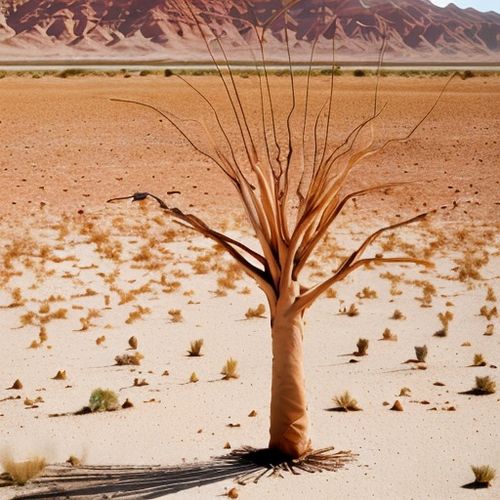
By Daniel Scott/Apr 27, 2025
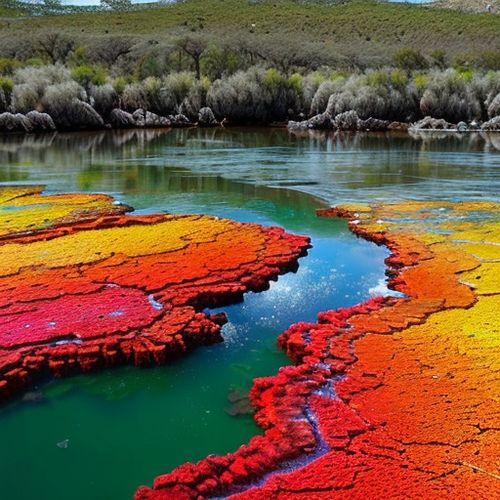
By Grace Cox/Apr 27, 2025
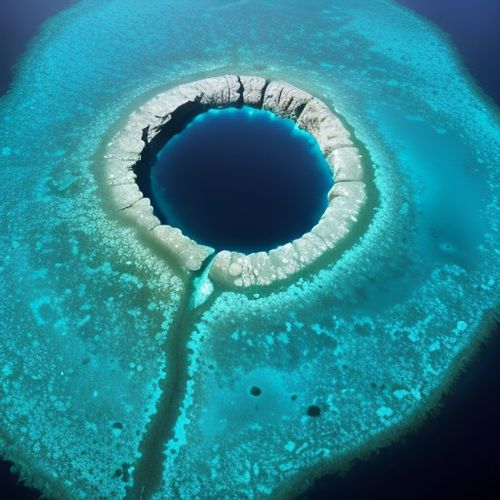
By Michael Brown/Apr 27, 2025
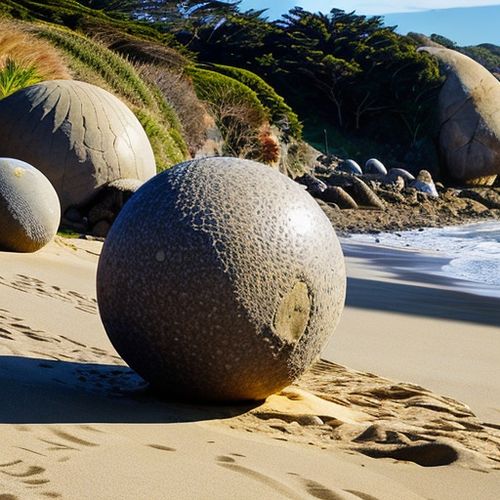
By Amanda Phillips/Apr 27, 2025
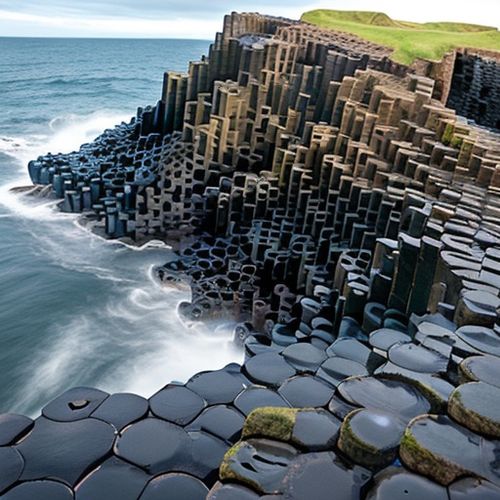
By Ryan Martin/Apr 27, 2025
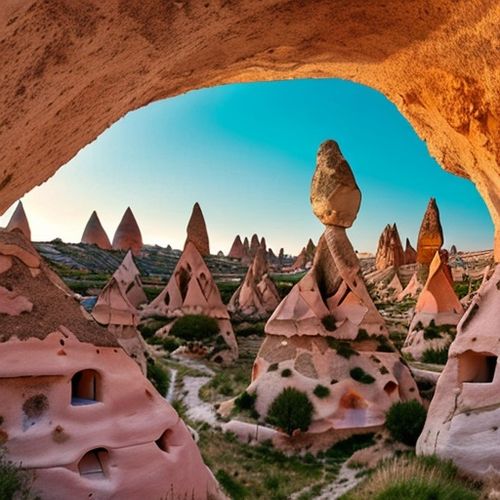
By Victoria Gonzalez/Apr 27, 2025
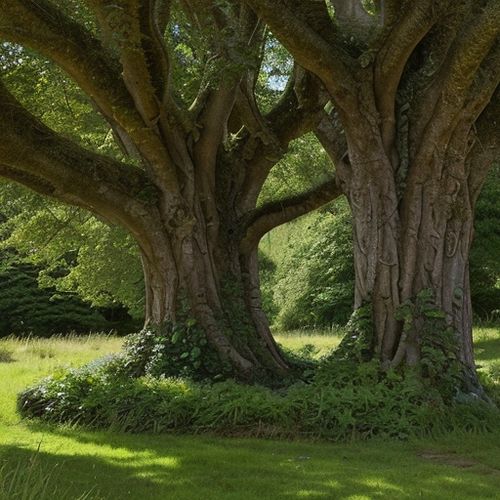
By Natalie Campbell/Apr 27, 2025
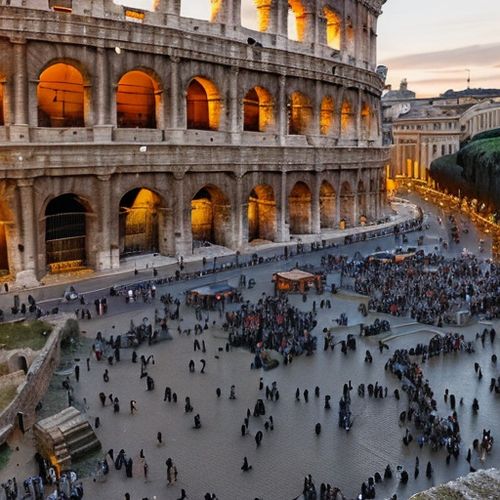
By Ryan Martin/Apr 11, 2025
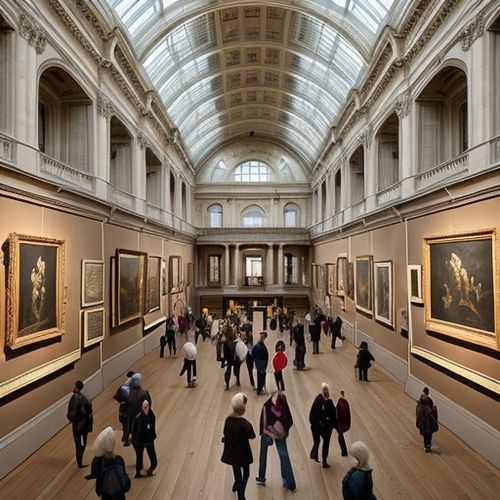
By Sophia Lewis/Apr 11, 2025

By David Anderson/Apr 11, 2025
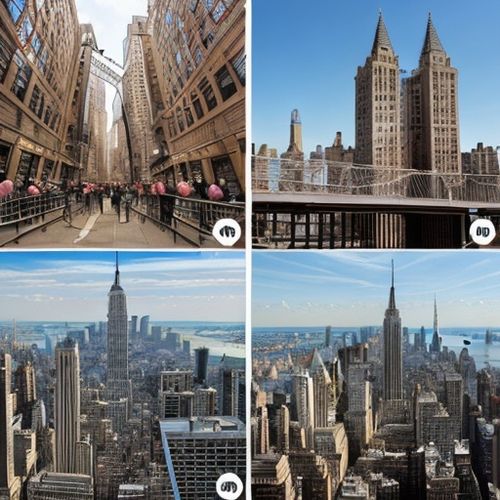
By Rebecca Stewart/Apr 11, 2025

By Thomas Roberts/Apr 11, 2025
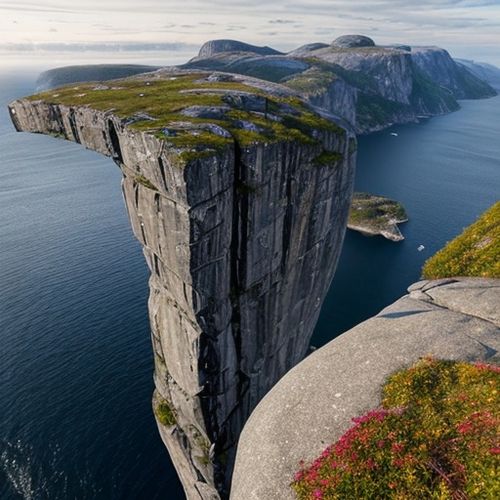
By Thomas Roberts/Apr 11, 2025
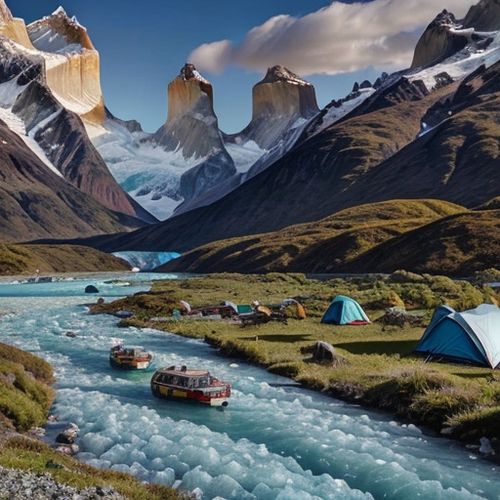
By Elizabeth Taylor/Apr 11, 2025
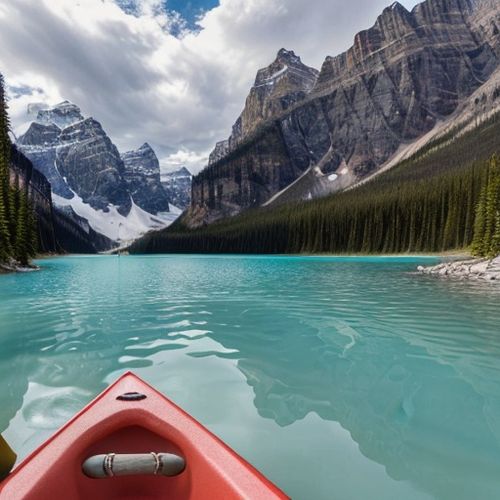
By Thomas Roberts/Apr 11, 2025
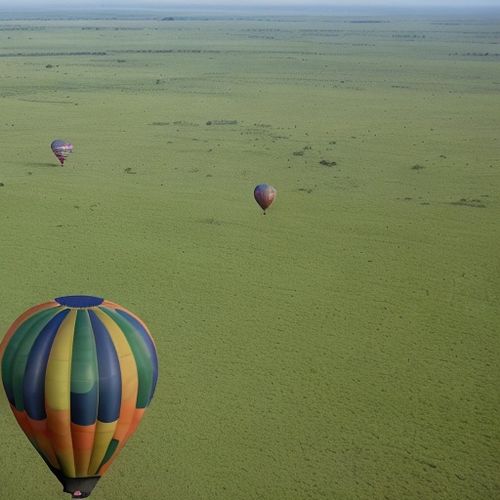
By Eric Ward/Apr 11, 2025